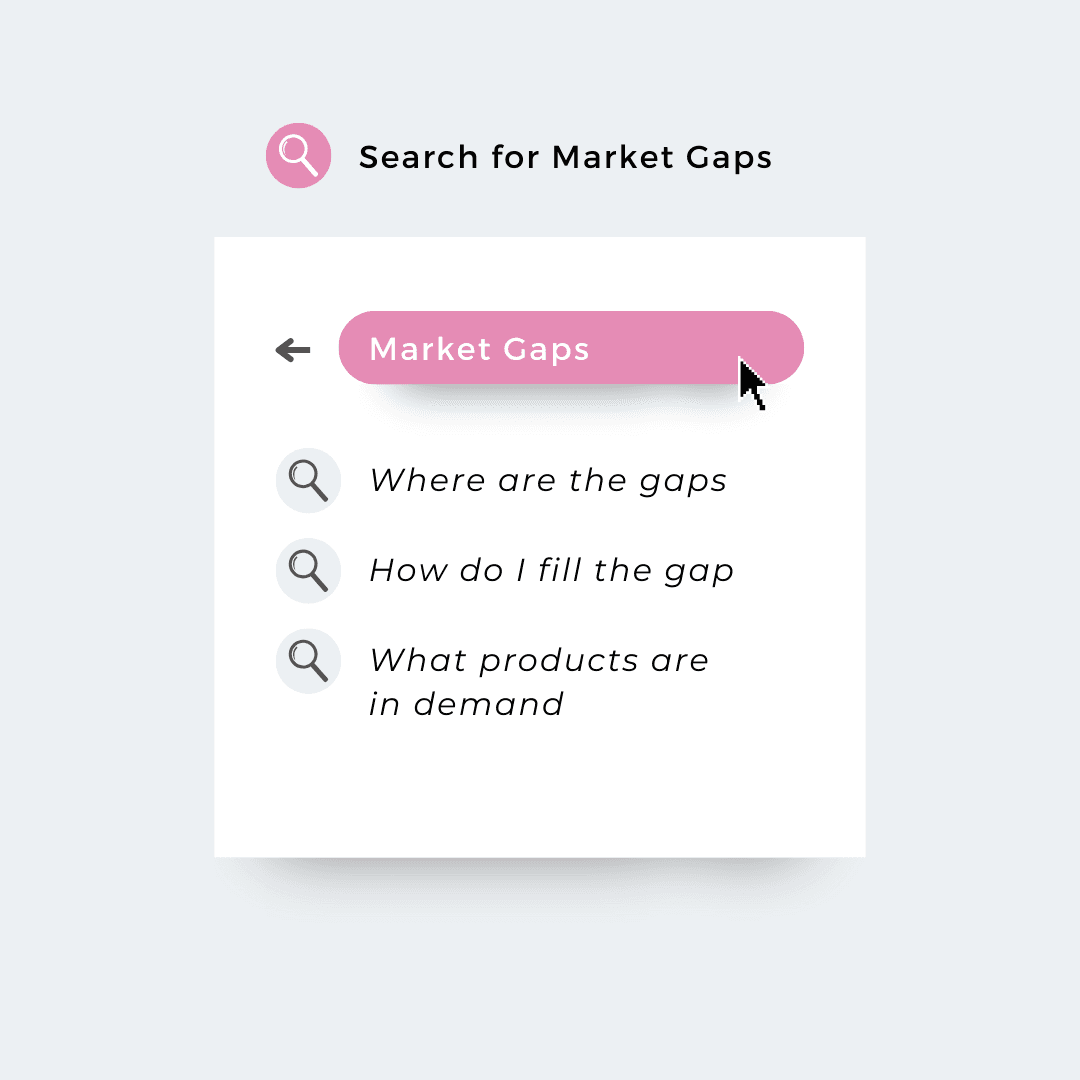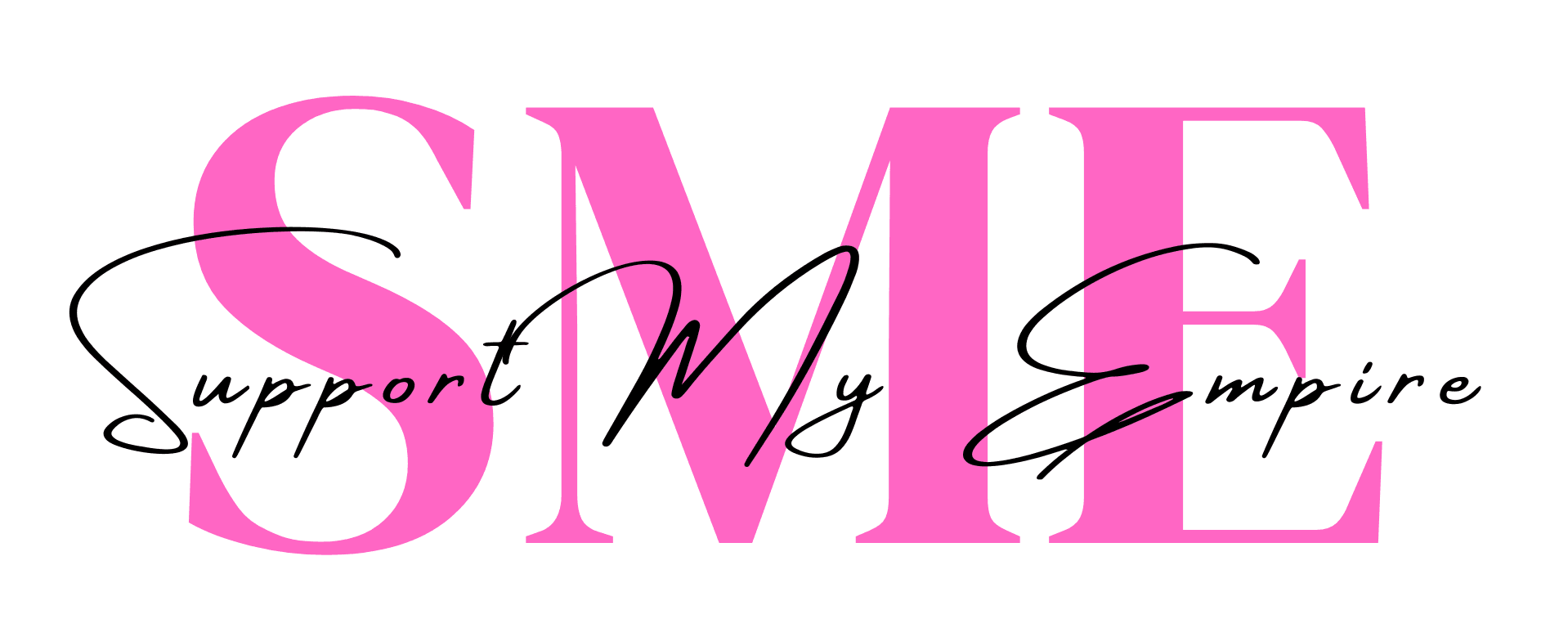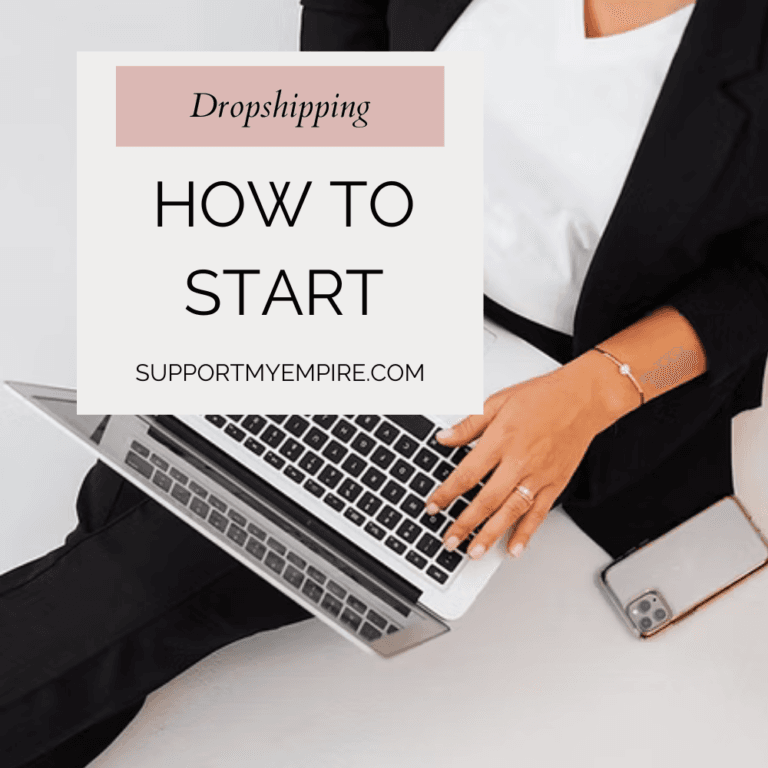Identifying Market Gaps
Retail is always shifting, and the most successful businesses are the ones that spot gaps in the market and give customers what they can’t find elsewhere. Maybe there’s a product people want but isn’t widely available, or a shopping experience that could be better. Trends come and go, but businesses that identify and fill these gaps are the ones that last.
Understanding what customers need—before they even realize it themselves—is what sets thriving retailers apart from those struggling to keep up. Whether you’re launching a new brand or growing an existing one, recognizing market gaps is the key to staying relevant and competitive.

What Is a Market Gap?
A market gap is an unmet need or demand in a particular industry that hasn’t been fully addressed by existing businesses. It could be:
- A product or service that customers want but can’t easily find.
- A way to improve what’s already on the market.
- A shift in consumer behavior that presents new business opportunities.
When you identify a market gap, you gain a competitive edge by offering something unique or better than what’s currently available.
How to Identify Market Gaps
Research Industry Trends
Staying ahead in retail means keeping an eye on industry trends and understanding where the market is headed. Innovations in technology, shifts in consumer behavior, and regulatory changes all play a role in shaping demand. For example, advancements in AI-powered personalization, the growing preference for sustainable products, and new e-commerce regulations can all create opportunities for businesses willing to adapt. Keeping up with trade publications, industry reports, and market research firms like Nielsen or IBISWorld can provide valuable insights into these trends. Google Trends is also a great tool for spotting rising product categories before they become mainstream.
Analyze Customer Behavior
Understanding what customers want—and what frustrates them—is key to spotting gaps in the market. One of the best ways to do this is by analyzing online reviews. Customers often voice their dissatisfaction with existing products or shopping experiences, providing direct insight into unmet needs. Surveys and direct customer feedback can also highlight pain points that businesses haven’t fully addressed. Social media discussions, especially in niche communities and forums, can reveal emerging trends and frustrations before they become widespread. If customers consistently express a desire for something that isn’t widely available, it may be an opportunity worth exploring.
Evaluate Competitor Weaknesses
Even the biggest brands have areas where they fall short. Studying competitors can help you identify where your business can offer something better or different. Start by analyzing their products, pricing, customer service, and overall shopping experience. Negative customer reviews are particularly useful, as they often reveal recurring issues like slow shipping, lack of size options, or poor customer support. If you can improve on these weak points—whether by offering better quality, a more seamless buying process, or enhanced customer service—you can position your business as the better choice.
Monitor Economic and Cultural Shifts
Changes in the economy, lifestyle trends, and cultural movements can create new opportunities for retailers. For example, economic downturns may increase demand for budget-friendly alternatives, while cultural shifts toward sustainability can boost interest in eco-friendly products. Remote work has also reshaped shopping habits, leading to higher demand for home office essentials and loungewear. Staying aware of these shifts allows businesses to adapt and meet evolving consumer needs. The rise of subscription services and ethical shopping trends are prime examples of how businesses have successfully capitalized on these changes.
Conclusion
Once you’ve identified a market gap, the next step is validating your idea. Test your concept with potential customers, gather feedback, and refine your offering before launching.
For a deeper dive into starting and growing a profitable business, check out our other blog Guide to Starting and Growing a Profitable Business. It walks you through the foundational steps of launching a business and making it successful.
Grow Your Retail Empire with Proven, Scalable Strategies
Discover three ways to elevate your business—choose the path that suits your goals best.
We’ll do the heavy lifting so you can focus on running your business.
You won’t be doing this alone; we’ll walk you through every step.
No Burpees, Just Flexing! Weekly Workouts for a Stronger Bottom Line.
The Retail Gym Your Weekly Business Workout
No sweat, just success! The Retail Gym is your weekly business workout designed to help you lift your retail strategies, tone your sales skills, and flex your competitive edge—without a single burpee.


